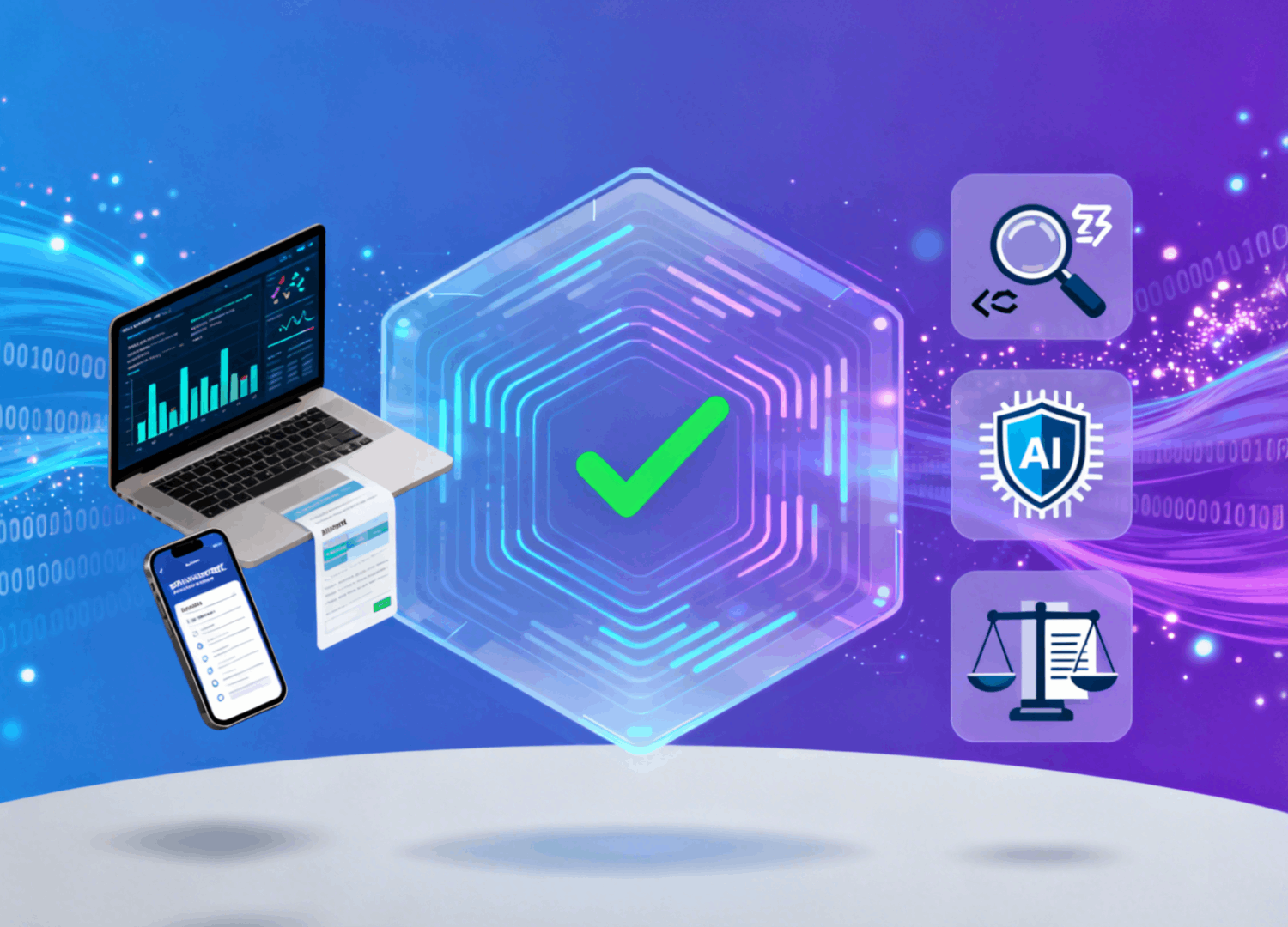
Top AI Content Detectors: Essential Tools for 2025
With the proliferation of AI-generated content, tools like AI Content Detector, AI Checker, and Chat...
AI detection technology has become increasingly crucial in our digital landscape, where the line between human-created and machine-generated content continues to blur. As artificial intelligence tools become more sophisticated, understanding how AI detection systems work is essential for educators, content creators, and businesses alike. This comprehensive guide explores the intricate mechanisms behind content verification technology and its real-world applications.
Show Image Alt text: AI detection system analyzing digital content with layered processing visualization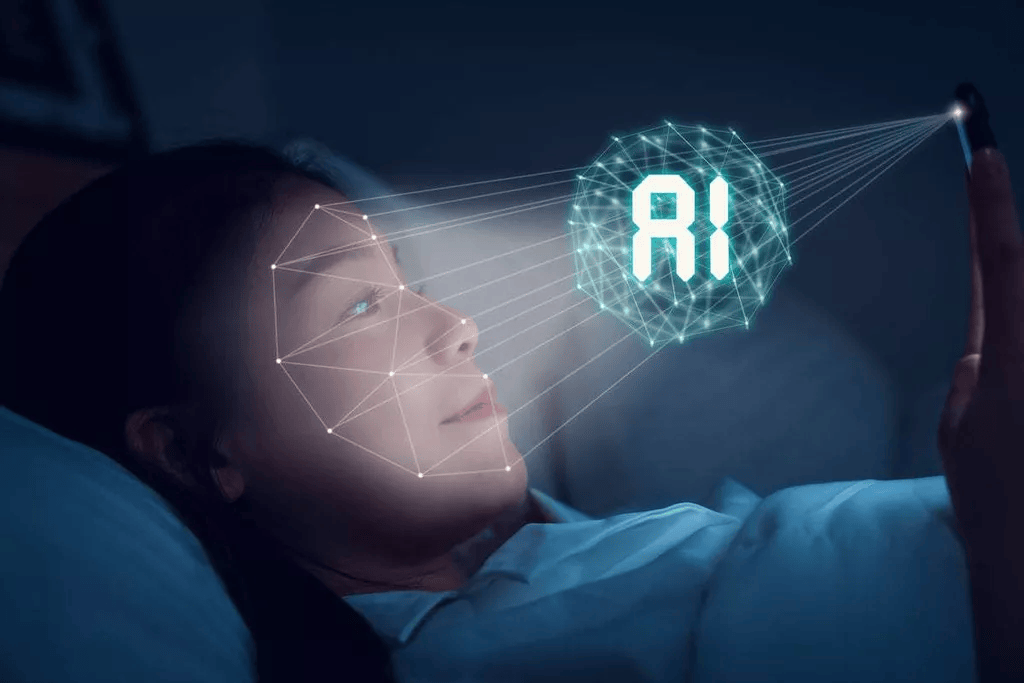
AI detection operates on a sophisticated framework of layered processes designed to differentiate between human and machine-generated content. At its fundamental level, these systems function by:
Unlike traditional rule-based filtering systems, modern AI detection tools utilize probabilistic approaches. This means they calculate likelihood scores rather than providing absolute determinations, acknowledging the inherent uncertainty in content classification.
The AI content detection workflow can be broken down into three critical stages:
1. Feature Extraction The system identifies and measures specific attributes from raw input data. For text analysis, this includes:
2. Classification Analysis
Advanced models compare extracted features against extensive training datasets to assign origin probabilities. This stage leverages:
3. Evaluation and Output Generation The system provides results typically expressed as:
Show Image Alt text: Flowchart showing three-stage AI detection process from input to output
AI text detection engines scan for distinctive patterns that typically characterize machine-generated writing:
These systems have evolved beyond simple keyword matching to analyze semantic coherence, contextual relationships, and subtle linguistic markers that distinguish human creativity from algorithmic generation.
AI image detection operates on different principles but follows similar methodologies:
AI audio detection adds another dimension to content verification:
Show Image Alt text: Multi-modal AI detection system analyzing text, images, and audio simultaneously
In academic environments, AI detection in education serves to:
AI detection for journalism helps:
Online platforms utilize AI detection systems to:
As generative AI models improve, detection systems face ongoing challenges:
Evolving Generation Quality: Modern AI tools produce increasingly human-like content, making detection more difficult.
Hybrid Approach Necessity: Developers must combine multiple detection methods:
False Positive Risks: Human content incorrectly flagged as AI-generated can have serious consequences:
False Negative Concerns: Undetected AI content may lead to:
Show Image Alt text: Chart showing AI detection accuracy rates and error types across different content categories
Future AI detection technology may focus on:
Invisible Tagging Systems: Embedding imperceptible markers within generated content Cryptographic Signatures: Creating tamper-evident digital fingerprints Blockchain Verification: Using distributed ledger technology for content authentication Real-time Generation Tracking: Monitoring content creation processes
The push for explainable AI detection aims to provide:
Future developments may include:
Show Image Alt text: Infographic showing best practices for implementing AI detection across different sectors
AI detection technology represents a constantly evolving ecosystem built on statistical learning, enhanced through human oversight, and deployed in contexts where accuracy carries significant real-world consequences. Understanding how AI detection works requires recognizing both its current capabilities and ongoing limitations.
As the technology continues to advance, the relationship between content creation and verification will remain dynamic. The future of AI content detection lies not just in technical improvements, but in developing systems that balance accuracy with fairness, transparency with security, and automation with human judgment.
The ongoing evolution of AI detection systems reflects a broader challenge in our digital age: maintaining trust and authenticity in an increasingly automated world. By understanding these mechanisms, we can better navigate the complex landscape of human-AI collaboration while preserving the integrity that underpins our information ecosystem.
Q: How accurate are current AI detection systems? A: Current AI detection tools typically achieve 85-95% accuracy rates, but performance varies significantly based on content type, generation method, and system sophistication. False positives and negatives remain ongoing challenges.
Q: Can AI detection systems identify all types of AI-generated content? A: No, AI detection technology has limitations. Newer generation models, heavily edited content, and hybrid human-AI collaboration can often evade detection. The technology is in constant development to address these gaps.
Q: What should I do if my human-written content is flagged as AI-generated? A: If your content is incorrectly flagged by AI detection systems, document your creation process, request human review when possible, and consider appealing through official channels. Maintain drafts and research notes as evidence of authentic authorship.
Q: Will AI detection become more reliable in the future? A: Future AI detection development focuses on improved accuracy, embedded watermarking, and transparency features. However, as generation technology also advances, the challenge remains dynamic rather than definitively solvable.

With the proliferation of AI-generated content, tools like AI Content Detector, AI Checker, and Chat...
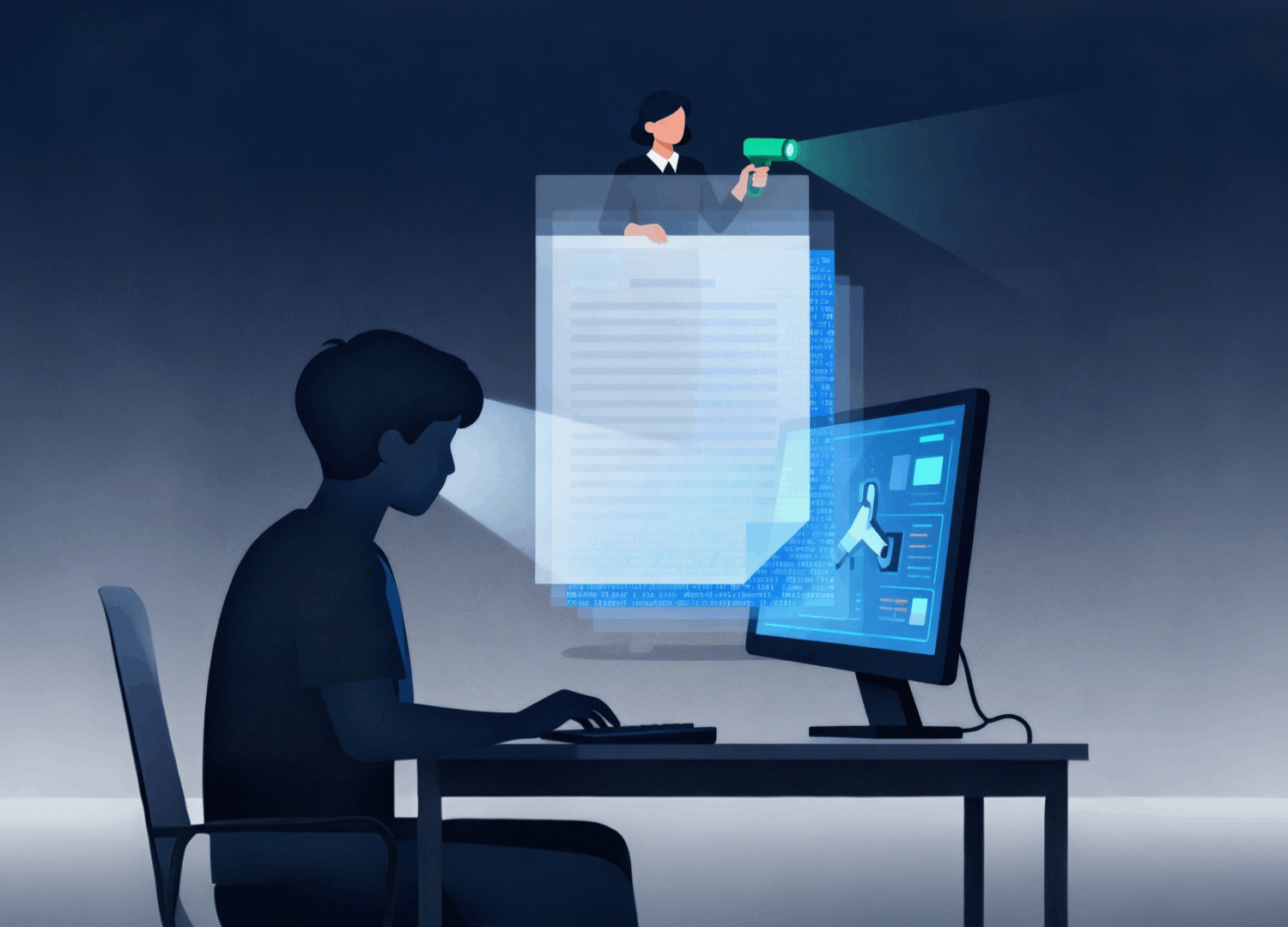
With the popularity of AI writing tools, more and more students are using ChatGPT to generate essays
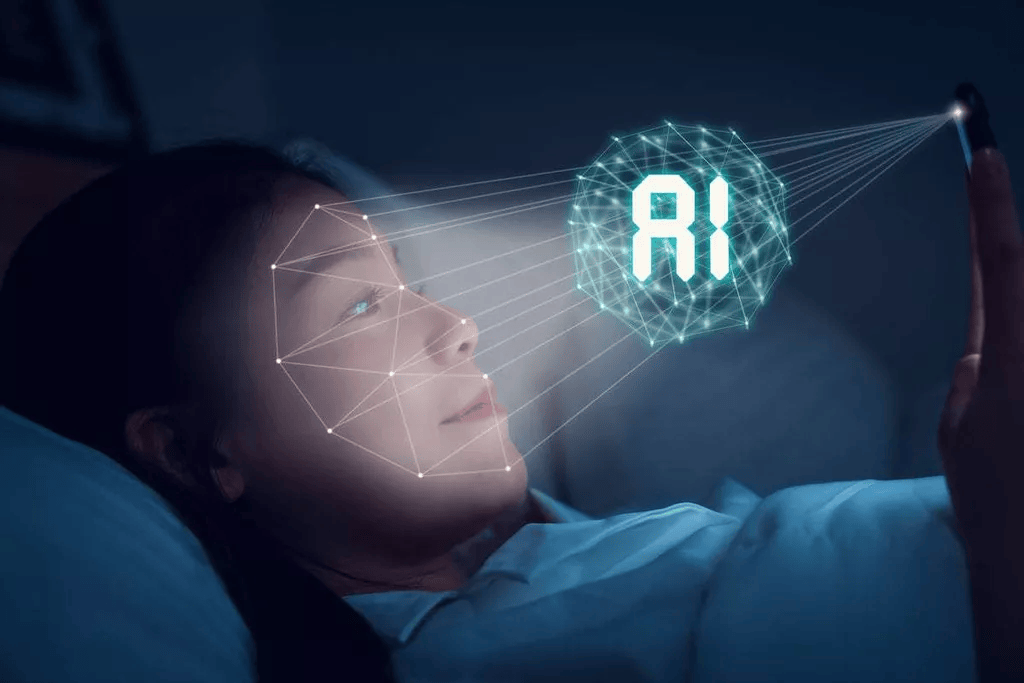
AI detection technology has become increasingly crucial in our digital landscape, where the line bet...
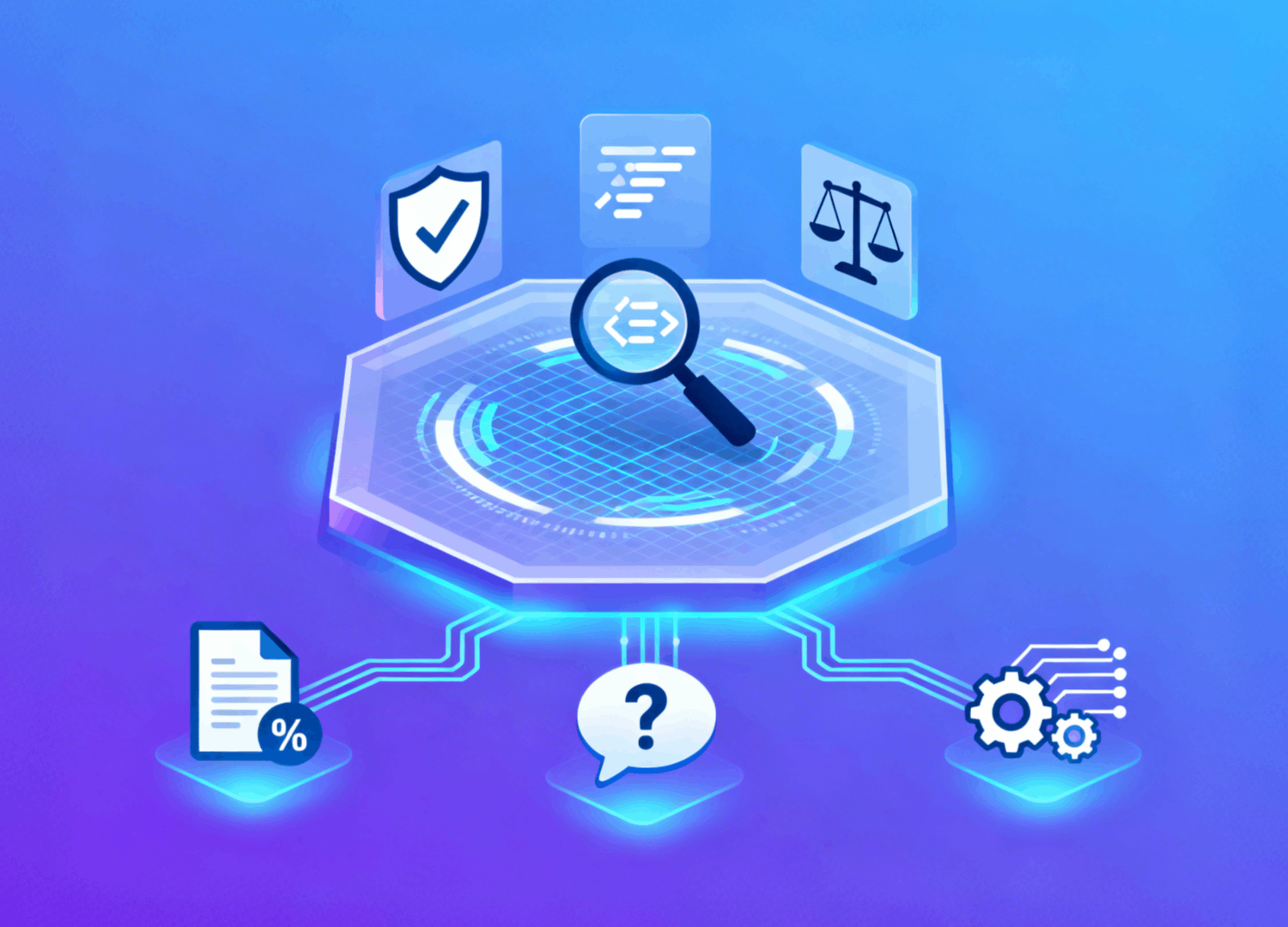
This article explores the rise of free AI detectors, their accuracy limits, and how they help identi...
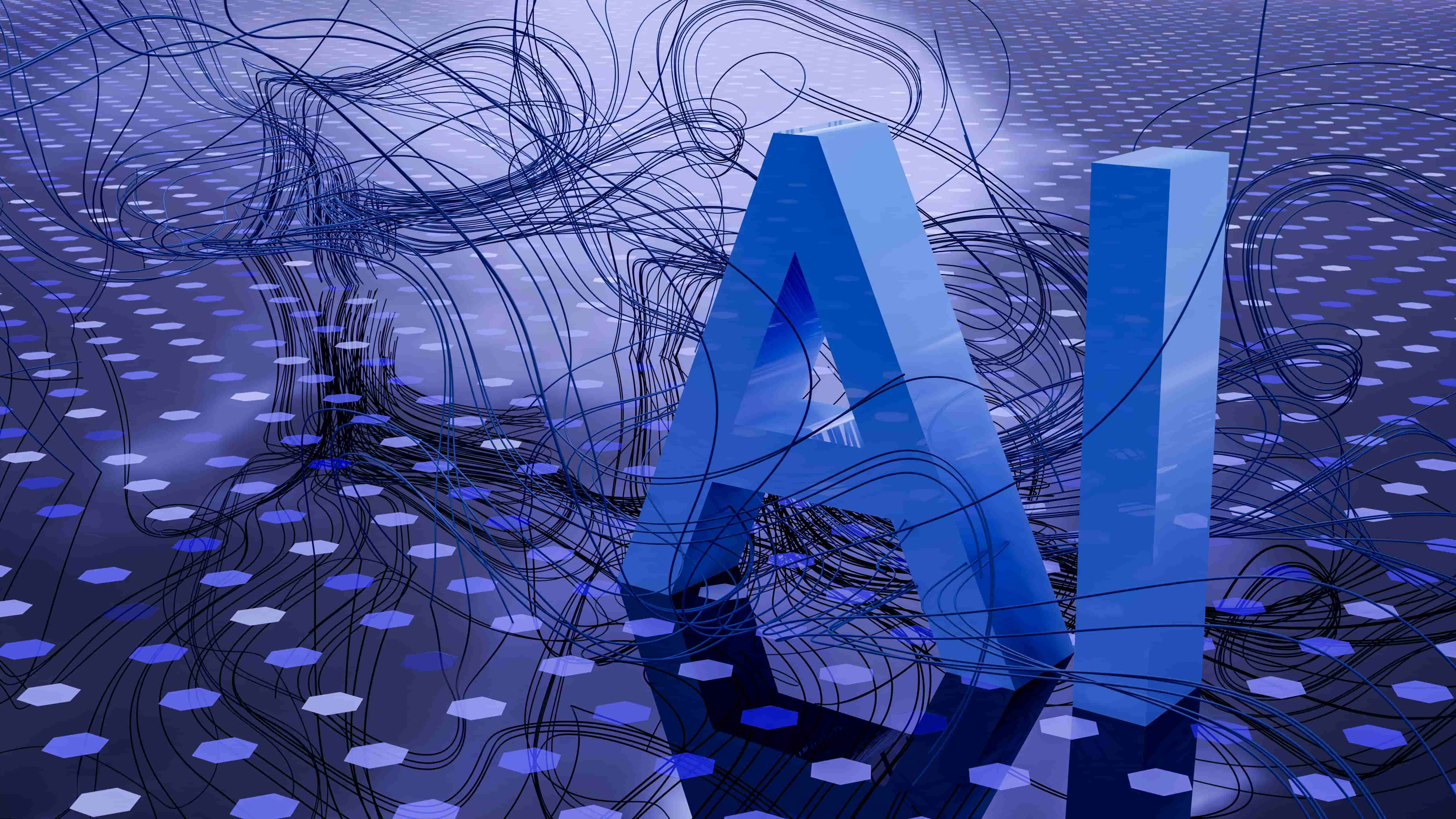
As artificial intelligence continues to revolutionize content creation, the need to distinguish betw...